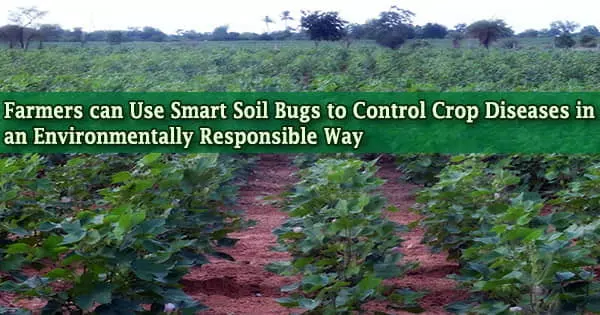Sustainable gardening is more specifically defined as sustainable landscapes, sustainable landscape design, sustainable landscaping, and sustainable landscape architecture, all of which result in sustainable locations. It is an environmentally friendly gardening method that strives to reduce negative environmental consequences while creating beautiful and productive outdoor environments.
It entails actions that help to conserve resources, reduce waste, and promote biodiversity. It is a diverse group of horticultural interests that can share the goals and objectives associated with the international post-1980s sustainable development and sustainability programs developed to address the fact that humans are now depleting natural biophysical resources faster than nature can replenish them.
This includes home gardeners, landscape and nursery industry members, and municipal authorities who integrate environmental, social, and economic elements to build a more sustainable future. Sustainable gardening benefits include increased availability to fresh foods and biodiversity in cities.
Here are some key principles and tips for sustainable gardening:
- Native Plants: In your garden, plant native plants. These are tailored to your specific climate and soil conditions, lowering your reliance on water, fertilizers, and pesticides. They also provide as a source of food and habitat for local species.
- Soil Health: Composting, mulching, and avoiding artificial fertilizers and pesticides are all ways to build and maintain good soil. Strong plant development is promoted by healthy soil, which decreases the need for synthetic inputs.
- Water Conservation: Use water-efficient irrigation methods like drip irrigation and soaker hoses. Collect rainwater in barrels for watering your garden, and consider installing a rain garden to capture and filter runoff.
- Composting: Composting kitchen scraps and yard waste can reduce the amount of organic material sent to landfills while providing nutrient-rich compost for your garden.
- Mulching: Apply organic mulch, such as wood chips or straw, to conserve soil moisture, suppress weeds, and improve soil health. This reduces the need for frequent watering and weeding.
- Integrated Pest Management (IPM): To manage pests and illnesses, employ IPM strategies. Attracting beneficial insects, using natural predators, and only applying chemical controls as a last resort are all examples of this.
Plant a range of plants, including flowers, shrubs, and trees, to promote biodiversity. This draws pollinators and beneficial insects, making the ecology more balanced. Create a wildlife-friendly garden. Set up birdhouses, feeders, and water supplies. Avoid the use of chemicals that are harmful to animals and promote habitat for beneficial insects.
Continue to learn about sustainable gardening practices. To learn from others, attend workshops, study books, and connect with local gardening communities. Grow seasonal fruits and veggies and source locally if possible. This helps to lessen the environmental impact of transportation while also supporting local farmers.
Sustainable gardening is not only better for the environment, but it also results in a more vibrant and healthy garden. By implementing these principles, you can enjoy a beautiful and productive outdoor space while reducing your environmental impact.
















